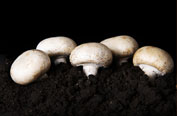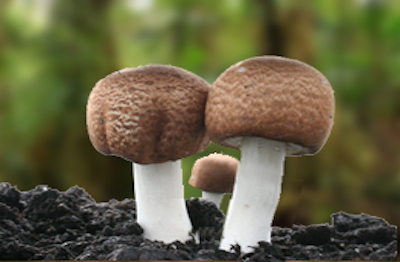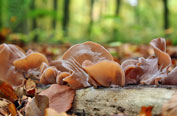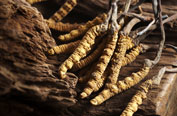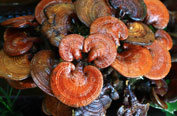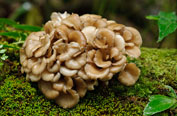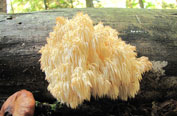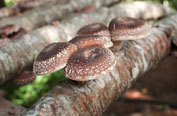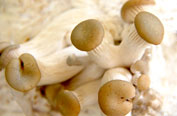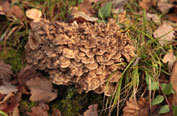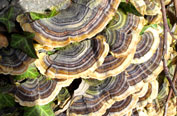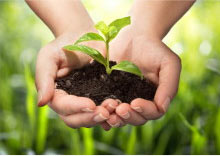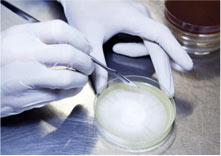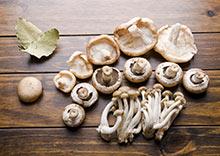
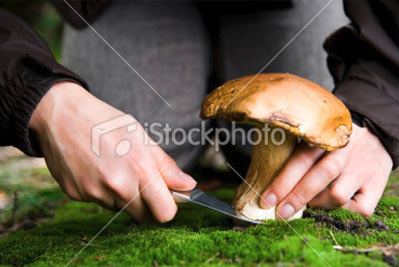
The life cycle of a mushroom
Hearing of mushrooms, pictures of aerial fruiting bodies form in one's mind, though the ordinary disremembered subterrestrial part of this organism, the mycelium, outranges the visual parts by far. Most of the fruiting bodies are divided into stem and cap with gills (gilled mushrooms – i. e. white button champignon mushrooms), ducts (Boletales – i. e. porcini or cep mushrooms) or pores (Polyporales – i. e. Reishi). In the gills, ducts or pores, spores (the “seed” of mushrooms) are being produced. Once fully developed the spores are released.
Alighting on appropriate nutrient medium under favourable conditions the spores begin germination. Mushrooms produces positiv (+) and negative (-) poled spores, which start growth independent of each other. If cells of minus and plus type fuse, a new mushroom mycelium developed. Under convenient conditions this mycelium is able to bare small knots that develop into mushroom fruiting bodies. The mature fruiting bodies release spores; a new reproductive cycle is initiated.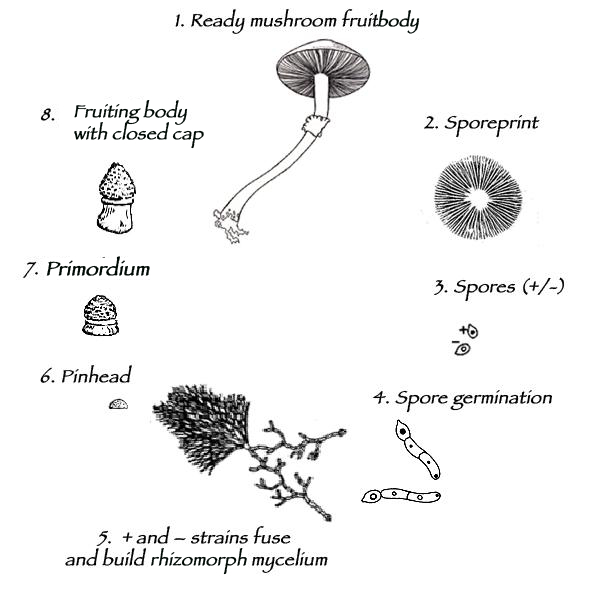
Mushroom cultivation cycle
The needed substrates and climate conditions you have to provide throughout the life circle of the mushrooms, depend on the species you choose to cultivate, whereas general techniques and procedures in mushroom cultivation remain the same. For germination the spores are spread on agar media in petri dishes under controlled and sterile conditions in a laboratory. From the germinated spores, the strongest and most precious strains of mycelium are craft by selection to increase the harvest.
Then the selected mycelium strains are transferred on grain (a cereal -based substrate) to “spawn” the mycelium (increase of mycelium mass). After the grain has been completely colonised by the mushroom, it can be used to inoculate the fruiting substrate. Once the mycelium has grown through the fruiting substrate, fruiting is initiated by a modification of environmental conditions (humidity, temperature, fresh air supply).

